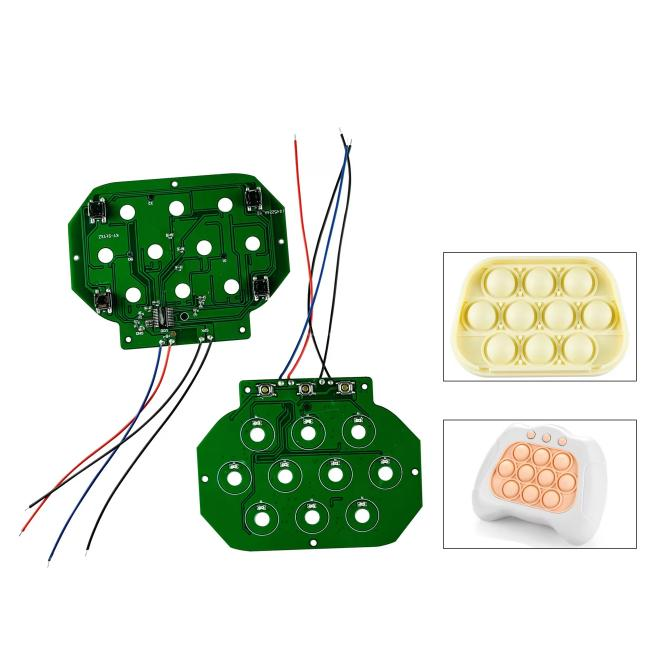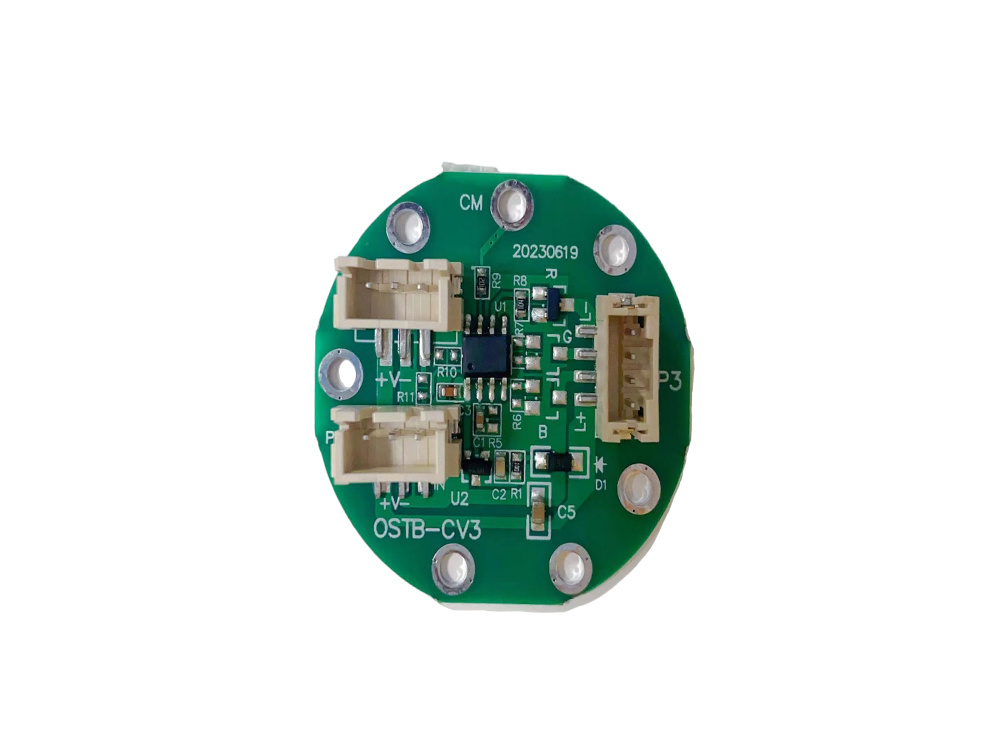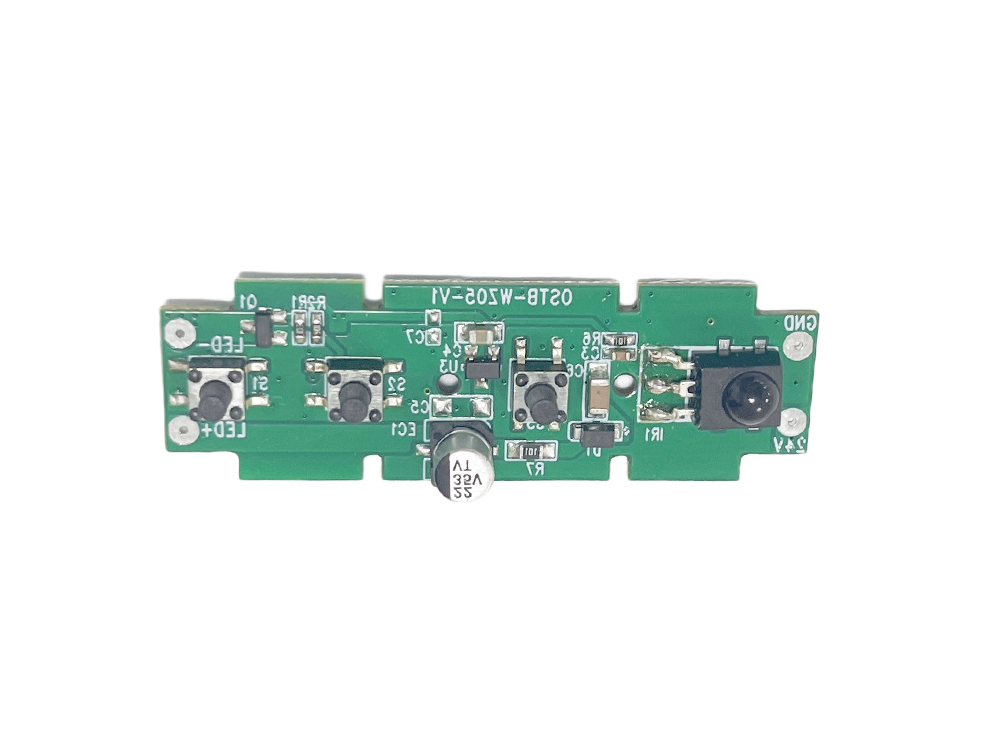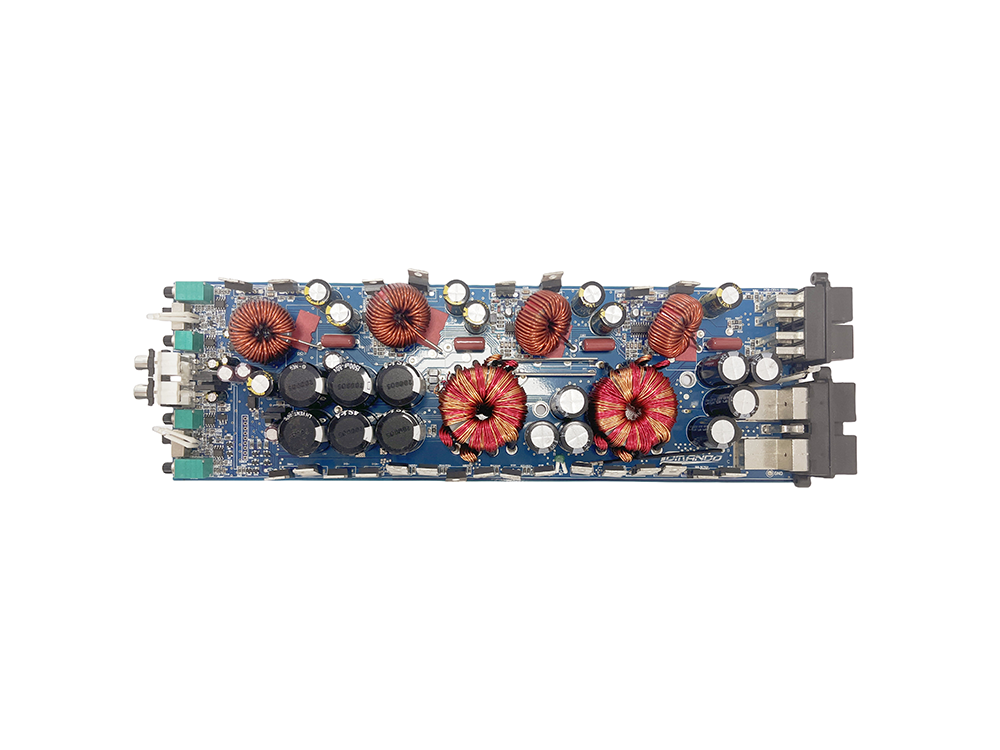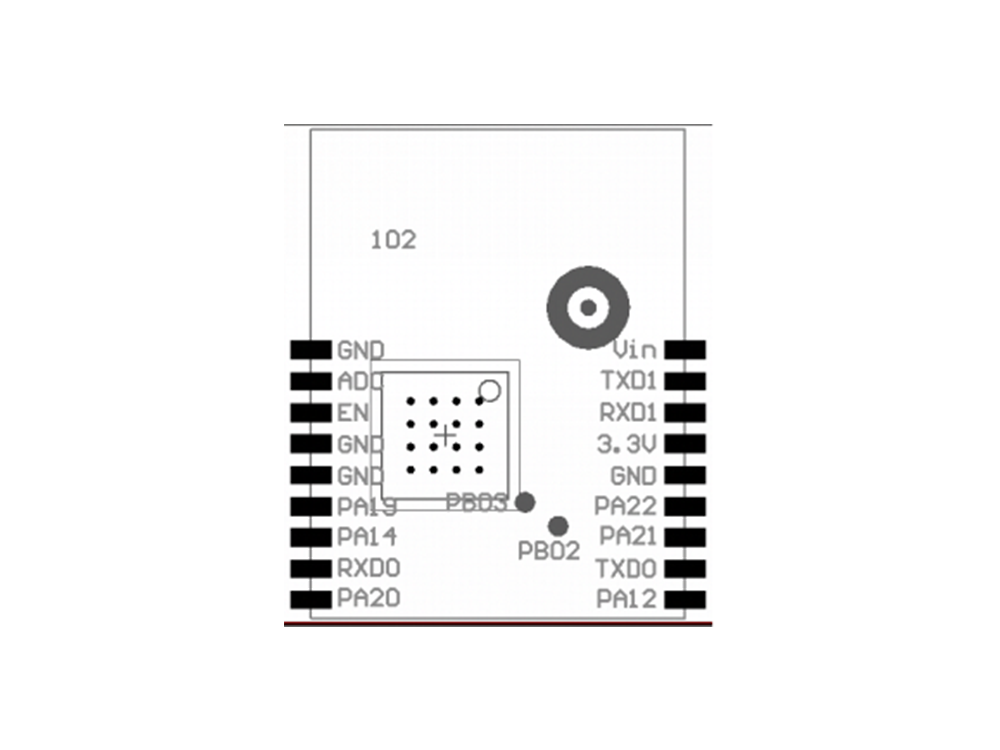Exploring the Latest Trends in China PCB Design
2025-06-16
In recent years, China has emerged as a global leader in PCB (Printed Circuit Board) design and manufacturing, driven by its robust electronics industry and a focus on technological advancement. The term "China PCB design" encapsulates a wide array of practices, techniques, and innovations that cater to various sectors, including consumer electronics, telecommunications, automotive, and more.
One of the most notable trends in China PCB design is the increasing demand for miniaturization. As devices become smaller and more powerful, the need for compact and efficient circuit boards has never been greater. Designers are now focusing on creating multi-layered boards that can accommodate more functionality while reducing the physical footprint. This trend is particularly evident in mobile devices and portable electronics, where space is at a premium.
Another significant aspect of PCB design in China is the integration of advanced materials. Traditional FR-4 material is still widely used, but the industry is gradually adopting high-frequency laminates and flexible materials to meet the growing demands of high-speed and high-frequency applications. This shift not only enhances performance but also opens up new possibilities for innovative product designs.
Moreover, the rise of automation and design software is revolutionizing the PCB design process. Advanced computer-aided design (CAD) tools are now integral to the workflow, allowing designers to create and simulate their layouts with precision. Tools equipped with AI capabilities can also predict potential design flaws and optimize layouts for manufacturability. This transition towards automation not only speeds up the design process but also significantly reduces errors, leading to improved quality and reliability in the final product.
Sustainability is another crucial consideration in modern PCB design. As environmental awareness grows, manufacturers in China are exploring eco-friendly materials and processes to minimize waste and reduce their carbon footprint. This includes the use of lead-free solder and recyclable substrates, which are becoming increasingly standard in the industry.
Lastly, collaboration and communication within the supply chain are essential for successful PCB design in China. Designers often work closely with manufacturers to ensure that their designs are feasible and cost-effective. This partnership helps to streamline production processes and ensures timely delivery, which is vital in today’s fast-paced market.
China PCB design is a dynamic field characterized by ongoing innovation and adaptation to market demands. From miniaturization and advanced materials to automation and sustainability, these trends are shaping the future of circuit board manufacturing and influencing the global electronics landscape. Understanding these elements will empower businesses and designers to navigate this competitive industry successfully.
Related news








